A 2 hours drive from Tangier, through fertile hills covered with olive, fig and almond trees, goats grazing and bees buzzing, lies a blue mirage: the city of Chefchaouen.
The town is set on the slopes of two high peaks, hence its name which means « horns » in Berber, overlooking the valley. The visitor enters through the lower, most recent part of the town. The streets are busy with cars honking and people running chores or attending to their businesses. Its beige buildings resembles that of many other Mediterranean towns. Further up, there is the medina, the legendary old city with its blue walls. Cars cannot enter the narrow streets and the journey continues on foot. Until the 19th century, this was a holy city and non-muslim were forbidden to enter or faced death penalty. I stepped in with excitement and apprehension.
It is easy to get lost into the maze of blue alleys, all painted from floor to roof in different shades of blue (from almost white to intense Prussian blue), climbing up and down uneven stairs, walking into unexpected plazas with a fountain or a small minaret, passing by a man in a grey and white barnous, bumping into a group of children chasing each other, smiling to a woman painting her walls in a darker blue, being scrutinized by cats from windows. I wandered with no goal, no idea of what time it was and not sure I was not going in circles.
It’s unclear where the Chefchaouen blue comes from and what it means. There are dozens of different theories. Some say it is a tribute to the Mediterranean sea, but the sea is 30 km away, or an hommage to the Ras el-Ma spring which gives life to the whole region. One artisan said it was introduced by the Jewish community who fled WW2 and settled here. In their faith, this colour is a symbol for the heavens. One claims it kept mosquitos away because the street look like a river and the bloodsucking insects don’t like water. It does feel sometimes like swimming through the street rather than walking and there are few mosquitos there, although this may be due to the altitude. Another theory is that blue is better for the eyes than the white commonly used in other Mediterranean cultures as it does not reflect the sunlight as much. Some believe that the blue was used to distress people, but does a city surrounded by famous fields of cannabis really need the extra anti-depressant?
The food is as surprising as the architecture and it could be worth the trip in itself. It’s no wonder that the diet in Chefchaouen is included in UNESCO’s list of intangible heritage. Fresh fruit juices are sold in 500ml glasses in exchange for a few dirhams. The lamb tagine with dry plums was a revelation. The meat is cooked for hours until it takes the sweet taste of the fruit and melts in the mouth. For breakfast, small batbout breads (made of semolina flour) are served with fresh goat cheese, thick honey from the mountain bees and black olives that are like little bombs of flavour, almost too strong to eat alone. The bravest can dip the bread in a cup of olive oil and harissa. Each ingredient is like a concentrated version of itself, as if there is the taste of three normal tomatoes in one Chefchaouen tomato. It keeps the stomach fuller and more satisfied.
As the evening advances, the town slowly empties and the blue city becomes orange bathed in the public lampposts light. But it looses nothing of its magic. The night is silent and the air is cool. I had one of the deepest sleep I can recall.
More info: madpolpo.com
1Kviews
Share on Facebook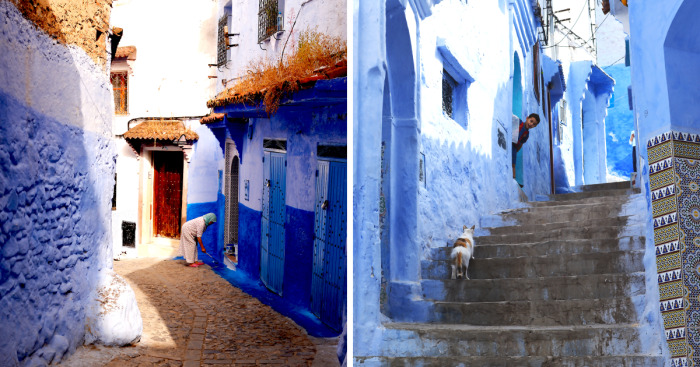
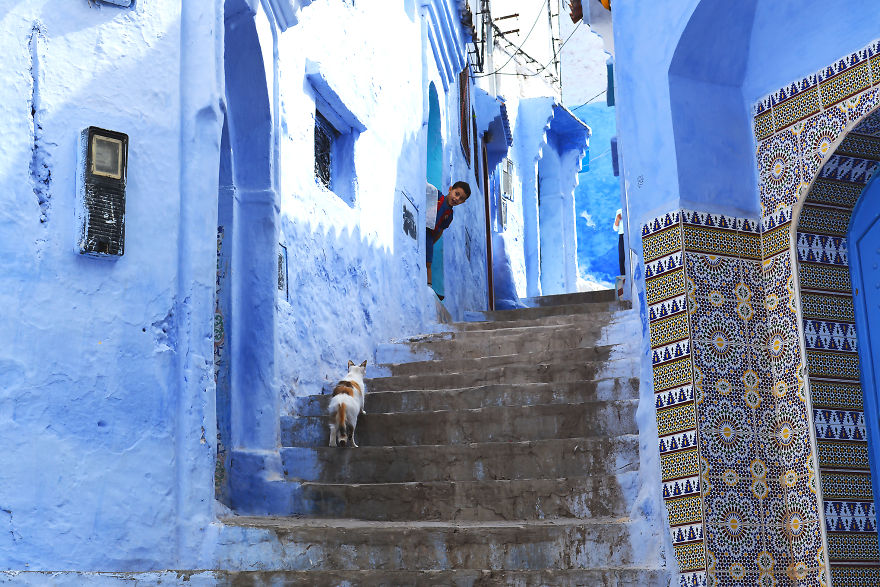
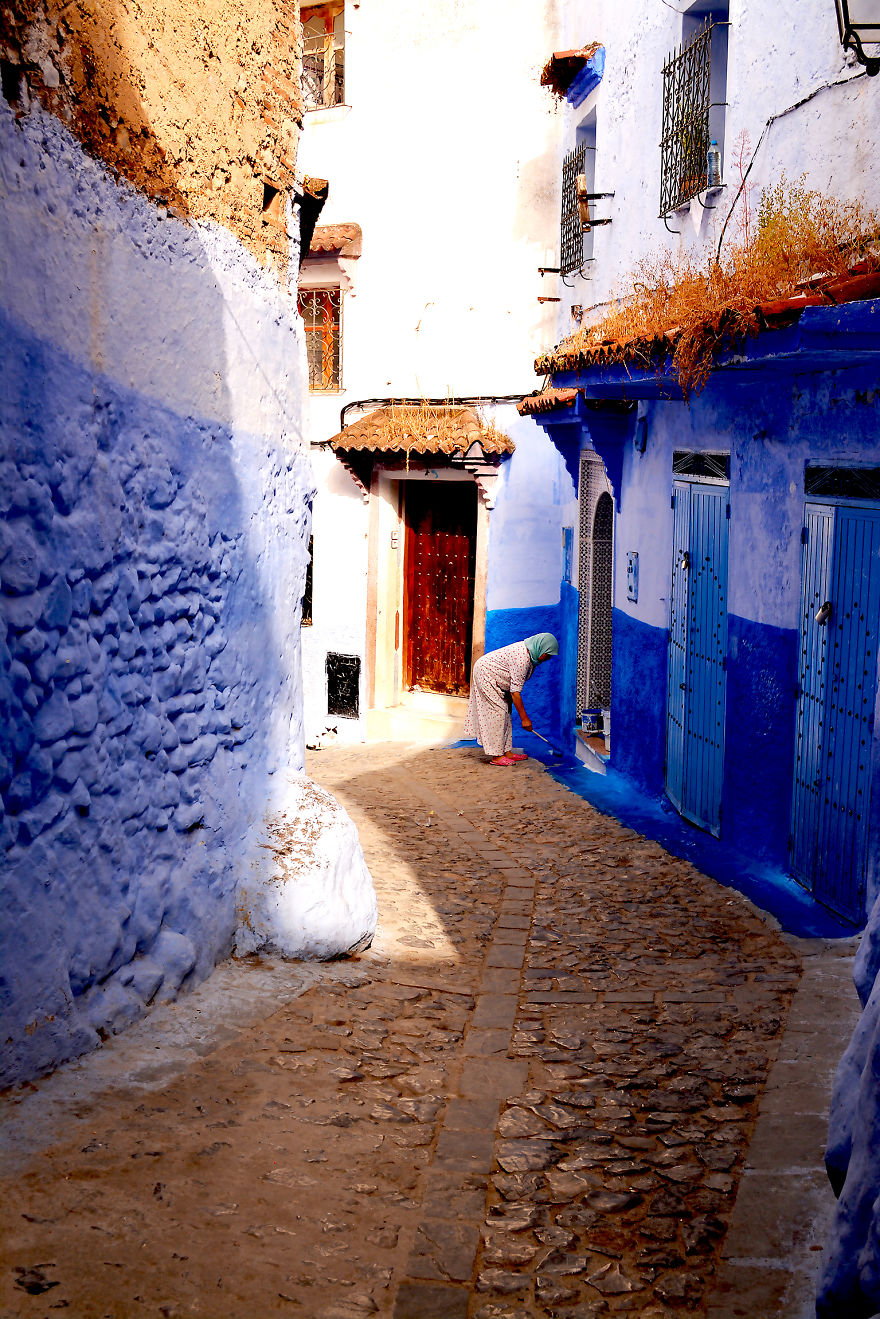
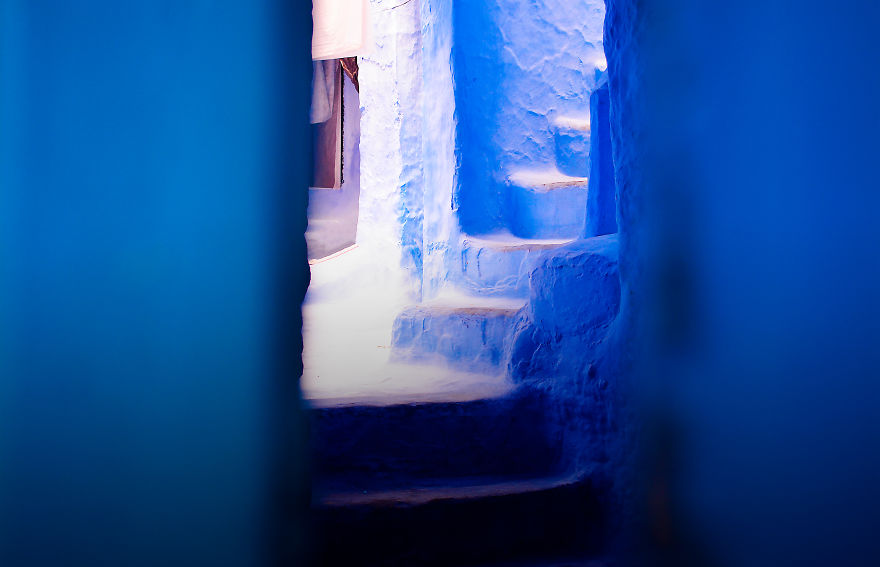
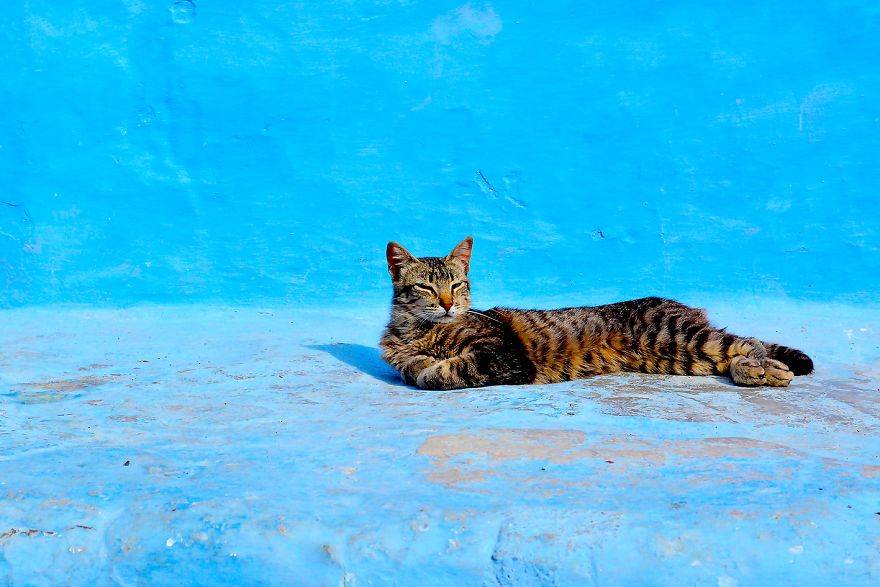
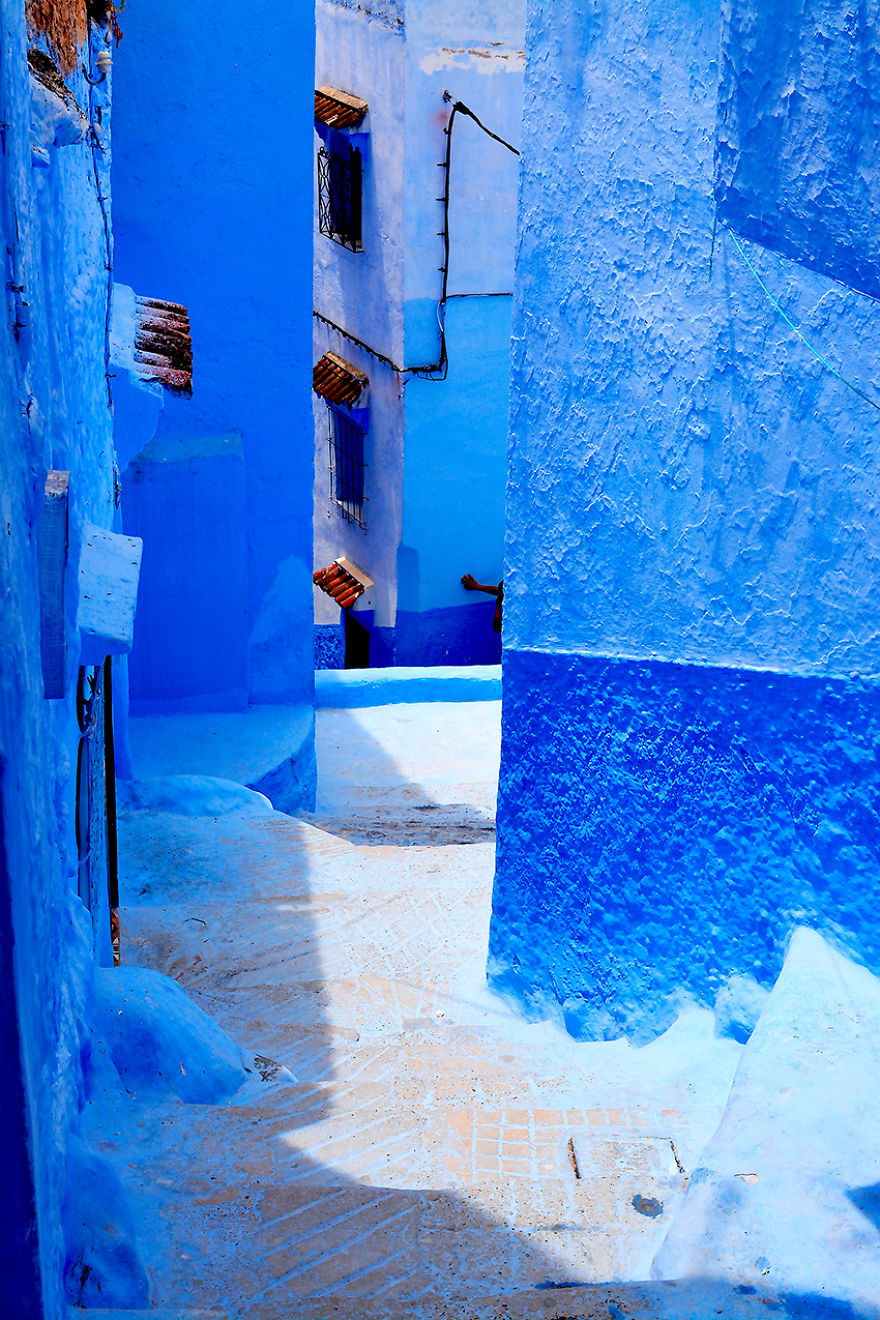
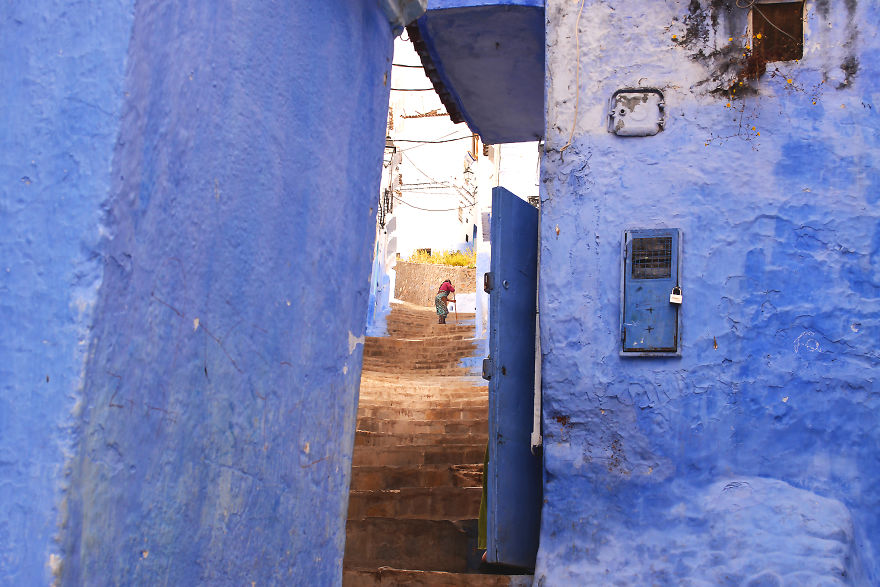
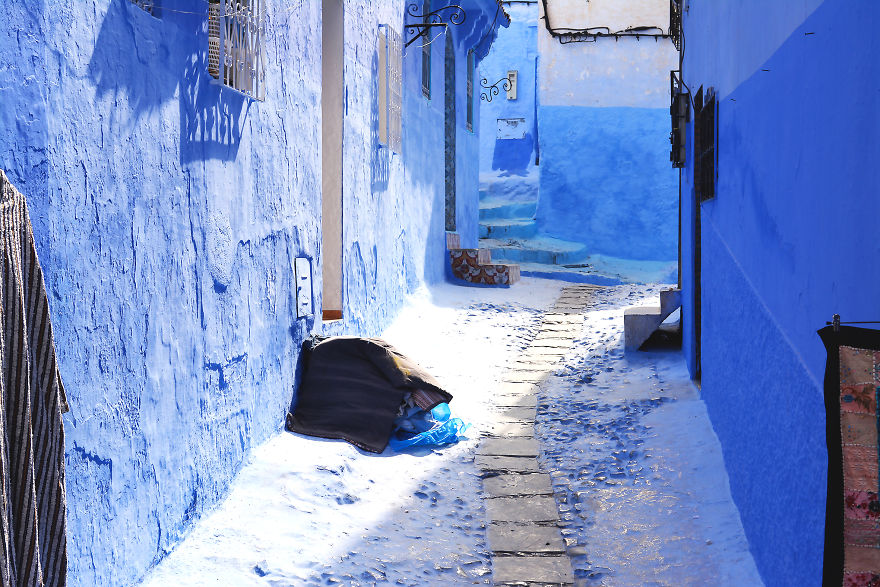
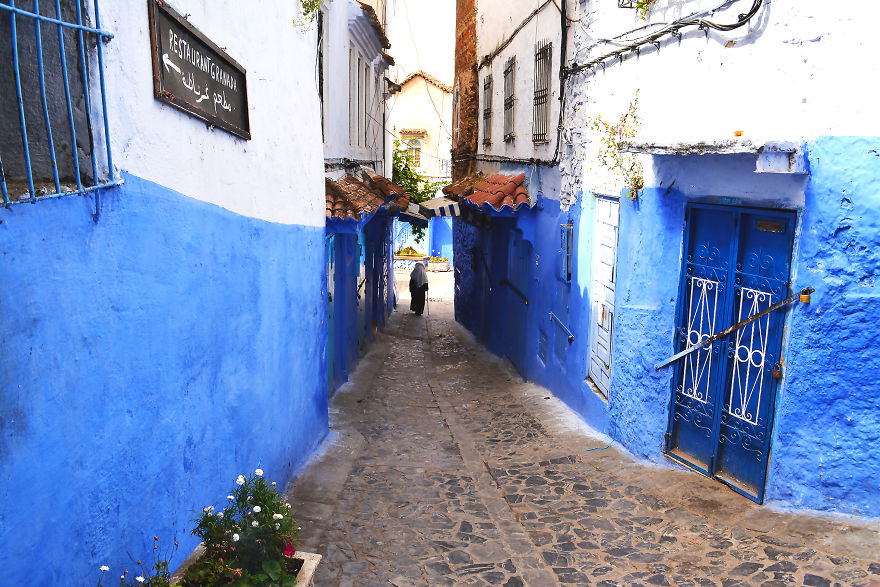
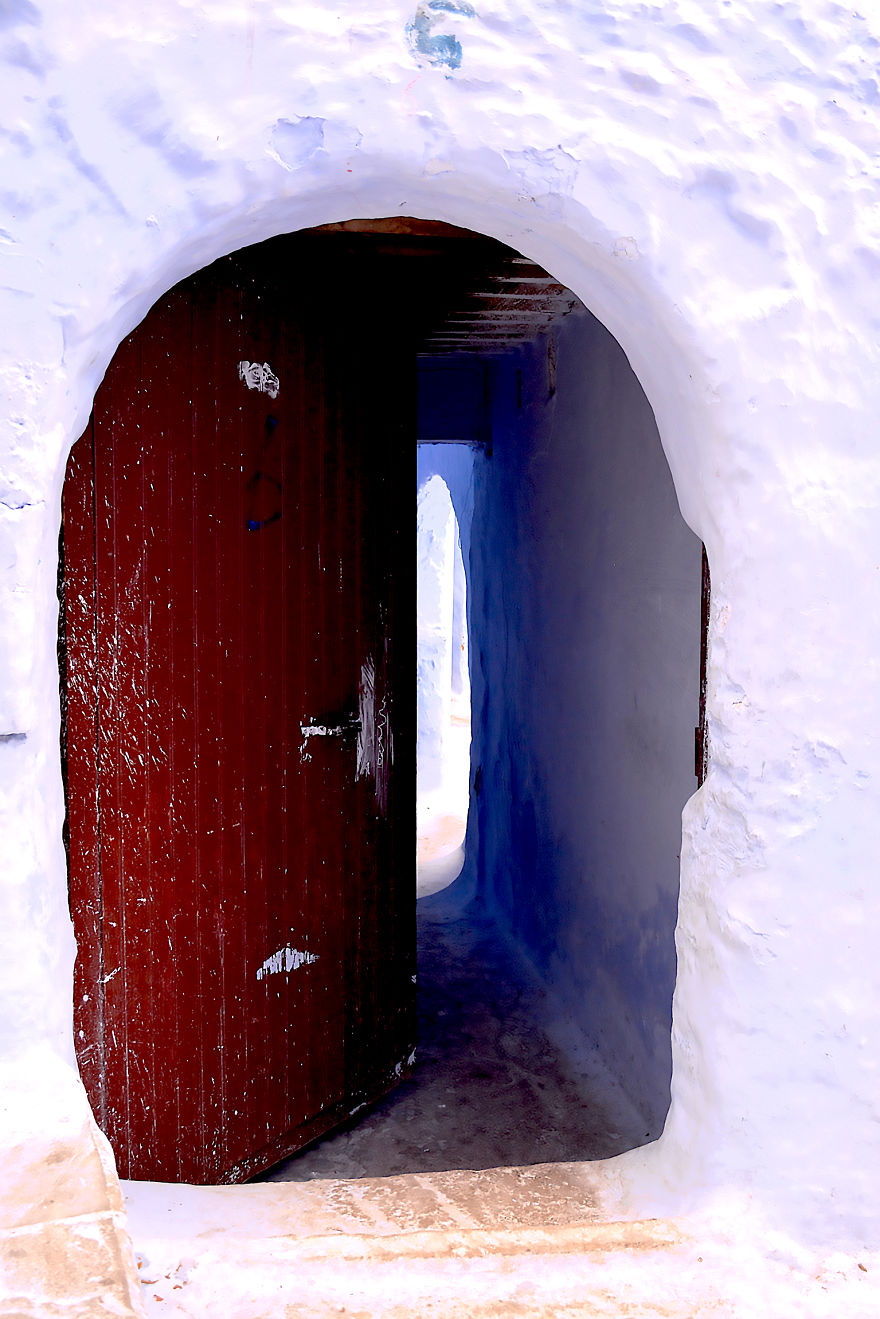
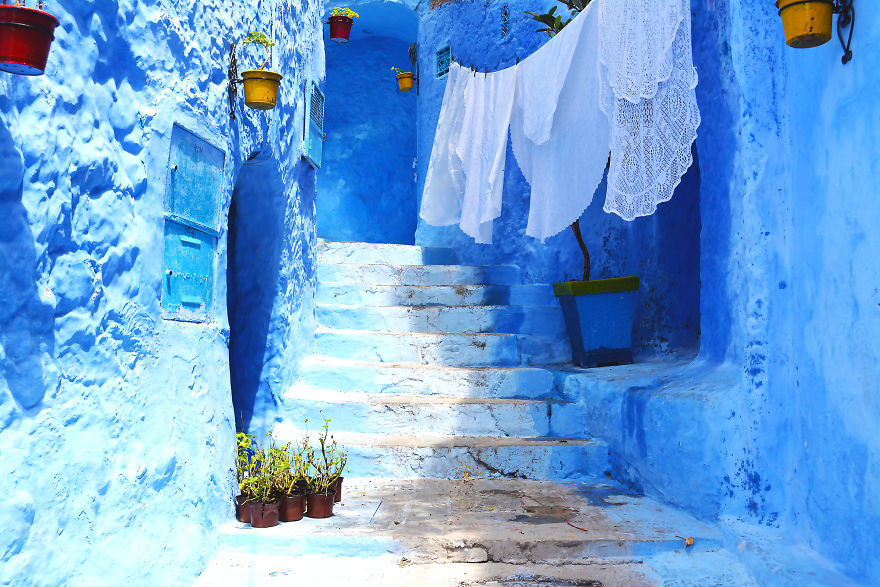
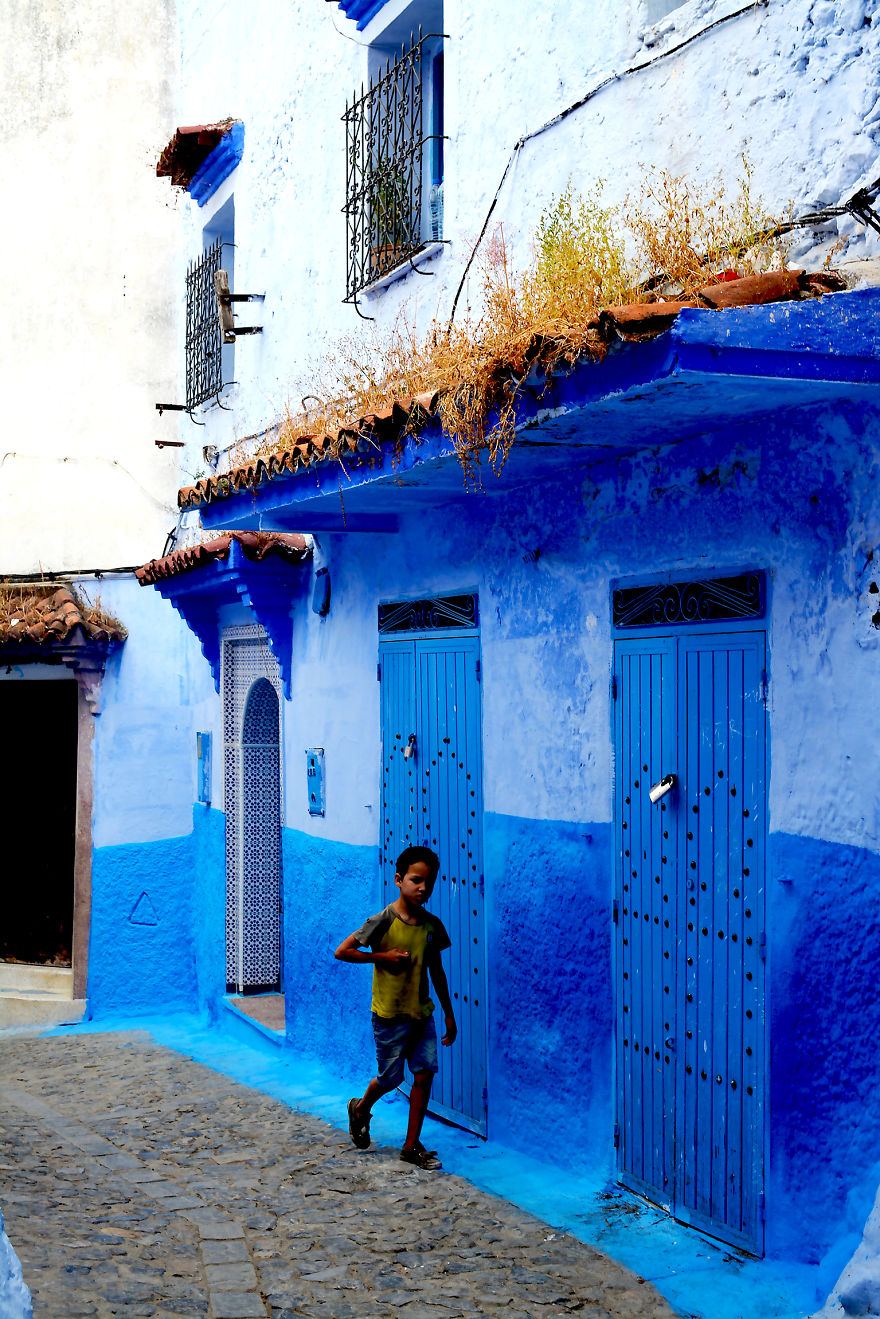
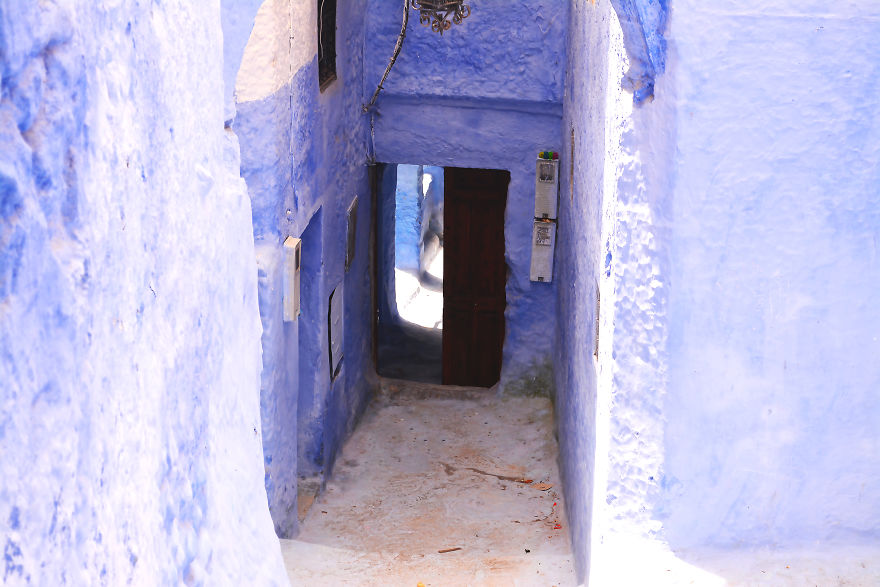
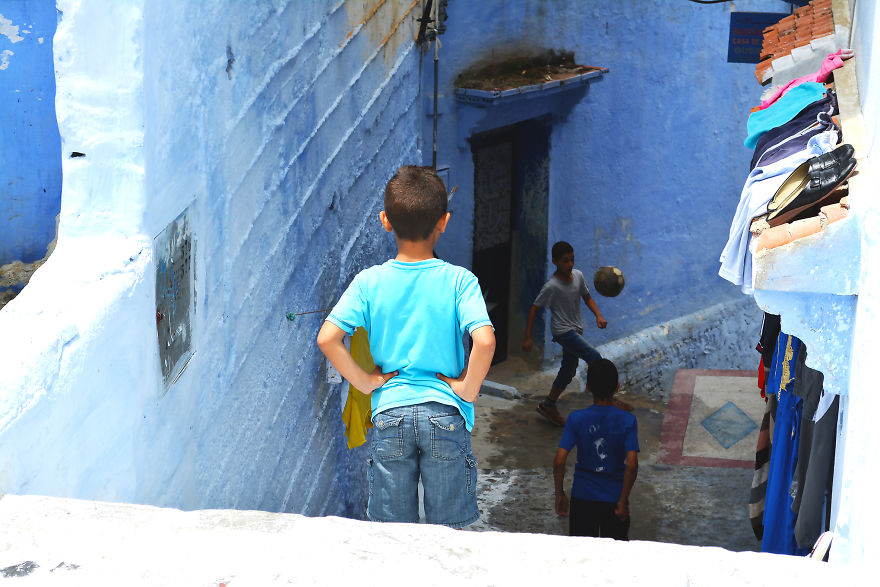
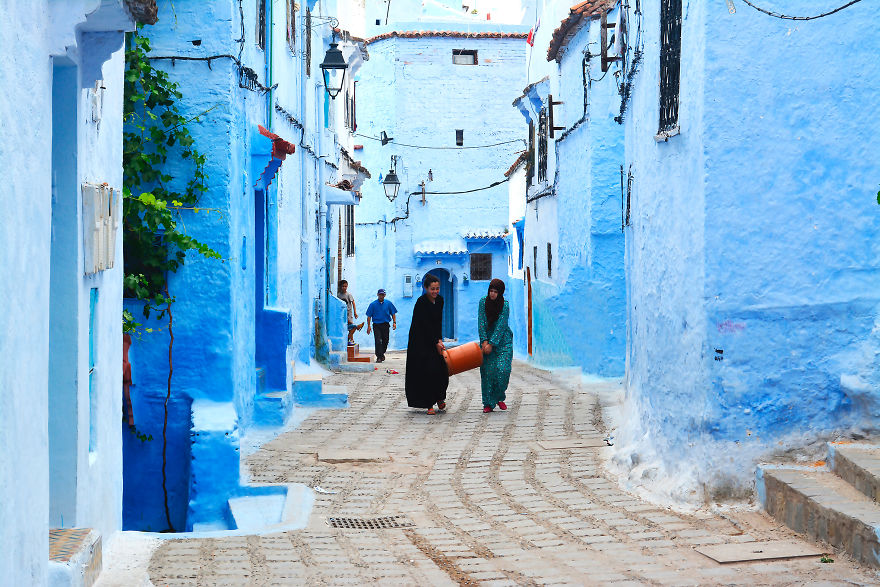
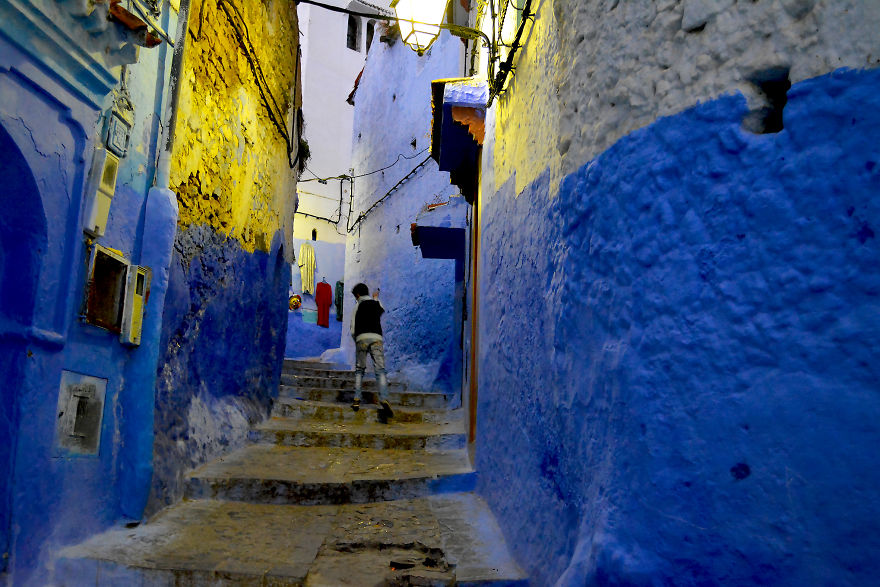
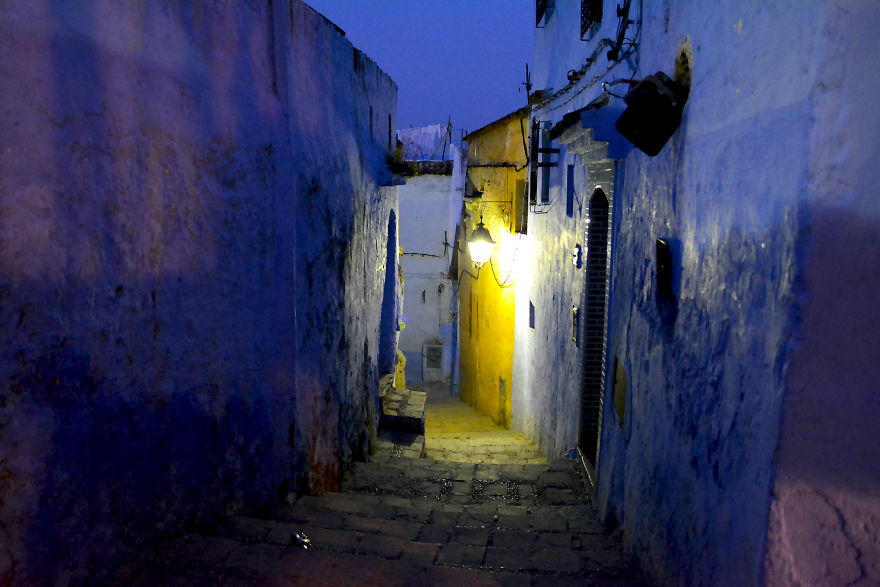
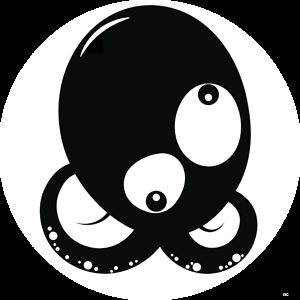


38
2